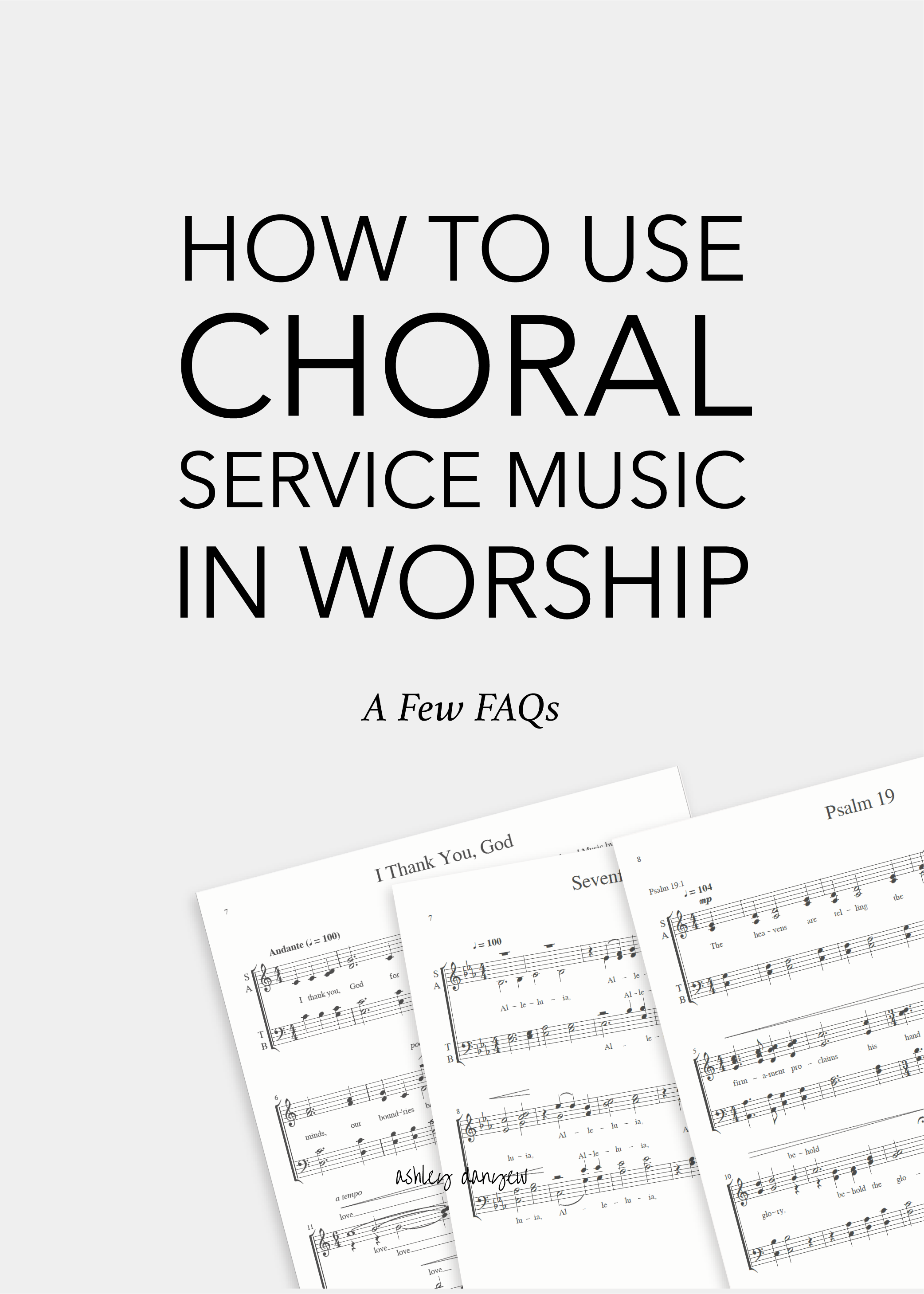The arts—whether it's music or dance or drama or visual—are a wonderful way to enhance the worship experience, engage the congregation, bring stories to life in new ways, and create meaningful, memorable experiences for all involved.
Related post: Integrating Visual Arts in Worship
The term "worship arts" means different things at different churches, but oftentimes, it includes things like:
altar decorations
paraments
banners (including ribbon and streamers)
visual aids for worship
flower arrangements, wreaths, and other decorations
visual art
audio and visual technology
dance
drama
There's been an effort at my current church to incorporate more of these things into our worship services on a regular basis, so last year, I started a worship arts team.
We met several times throughout the spring to brainstorm, plan, and create visuals for worship services and it was so nice to have a small group of creative individuals come together, ready to share their ideas and work on creative projects together.
Looking to start a worship arts team at your church? Here’s a look at what I did, step by step:
Starting a Worship Arts Team at Your Church
Step 1: Reflect
Anytime you’re starting something new, whether it’s a new program or offering, a new group, a new schedule, or a new approach to something, it’s good to spend some time reflecting and thinking about what things will look like.
Spend some time sketching out some ideas, making lists, writing out questions. When you’re first starting out, every idea counts. Once you have a rough concept in mind, and some ideas about how to bring it to life, make a list of people in your congregation who have gifts they may be willing to share - flower-arranging, decorating, crafting, painting, drawing, sewing, and others who think creatively.
Step 2: Invite
Reach out to a few people on your list and invite them to be part of a short-term gathering of like-minded individuals to work on worship arts projects. Explain that you are seeking creative individuals who can contribute to ideas, collaborate with others, and help with creative project work.
Some people may be more comfortable in the planning stages—coming up with ideas and thinking creatively—while others may be more comfortable in the busy-work stage: crafting, drawing, arranging, decorating. It’s important to have a mix of people on your team, so all are welcome!
Step 3: Schedule
Once you have a core group of people who are interested in participating in your team, find a day and time that (generally) works well for everyone and schedule a 1-hour meeting, with the idea that you’d meet roughly once each month during the term (maybe 3-4 times total). Send a reminder to everyone a few days before to make sure they have it on their calendars.
Step 4: Plan
To prepare for your first meeting, consider putting together a worksheet (like this one) outlining upcoming Sundays, key themes, Scripture readings, and anything else that’s happening with space to jot down notes and ideas. I found this helpful for brainstorming and coming up with ideas and for assigning tasks. Make enough copies for everyone in attendance.
Begin your meeting with a short prayer, then dive into upcoming worship plans. Spend some time talking through each of the upcoming Sundays, the readings, and anything else that’s been planned for worship on those days. Then, leave some time and space for people to come up with ideas. Talk through some visuals, how to make them, who could help, and what materials would be needed.
I recommend planning one bigger Sunday per month, with smaller projects for the other weeks, as appropriate. For instance, last spring, we worked on creative plans for Transfiguration Sunday, one Sunday in Lent (Woman at the Well), Palm Sunday, Easter, and Pentecost.
Step 5: Create
With planning notes in hand, it’s time to bring your creative vision to life! Pull out the crafting supplies and get to work cutting, gluing, arranging, piecing together, and decorating your worship space.
I found that our first introductory meeting was more focused on planning, but for each meeting after that, we spent the first part of the time planning or touching base on plans, and the rest of the time actually creating. We made banners for Pentecost, decorated the altar, changed paraments and banners, created an “Alleluia” banner for the Easter season, hung bunting for Children’s Sunday, and refreshed some of the silk flower arrangements and wreaths that get put out at various points in the year.
Step 6: Acknowledge
At the end of the term, find a way (or two) to acknowledge the creative efforts of your worship arts team and thank them for sharing their time and talents. A handwritten thank-you note goes a long way and a shout-out in the monthly church newsletter acknowledges the many people involved in creating visuals for worship.
I’d love to hear from you:
Do you have a worship arts team at your church? What kinds of projects do you work on together?





































